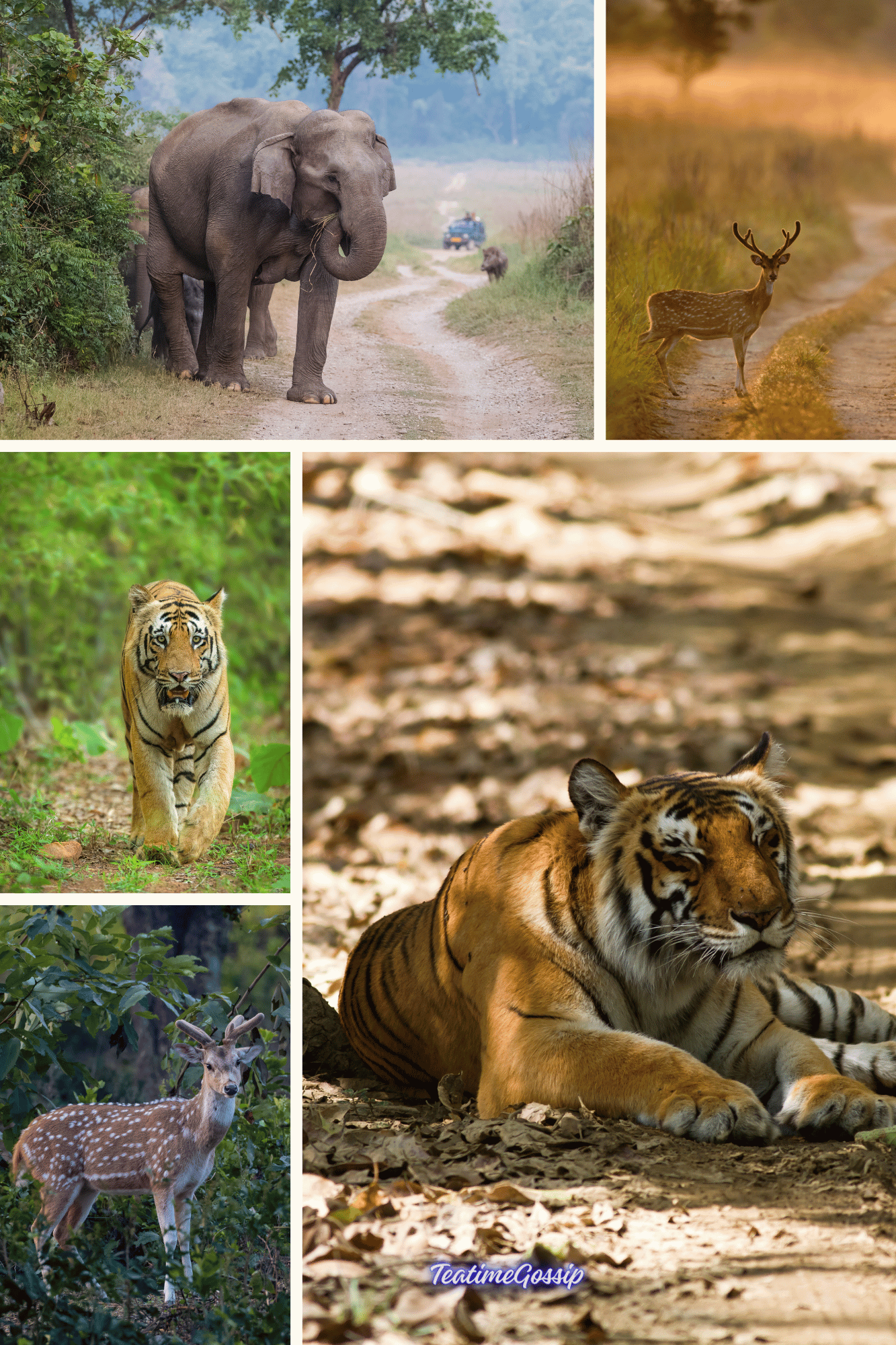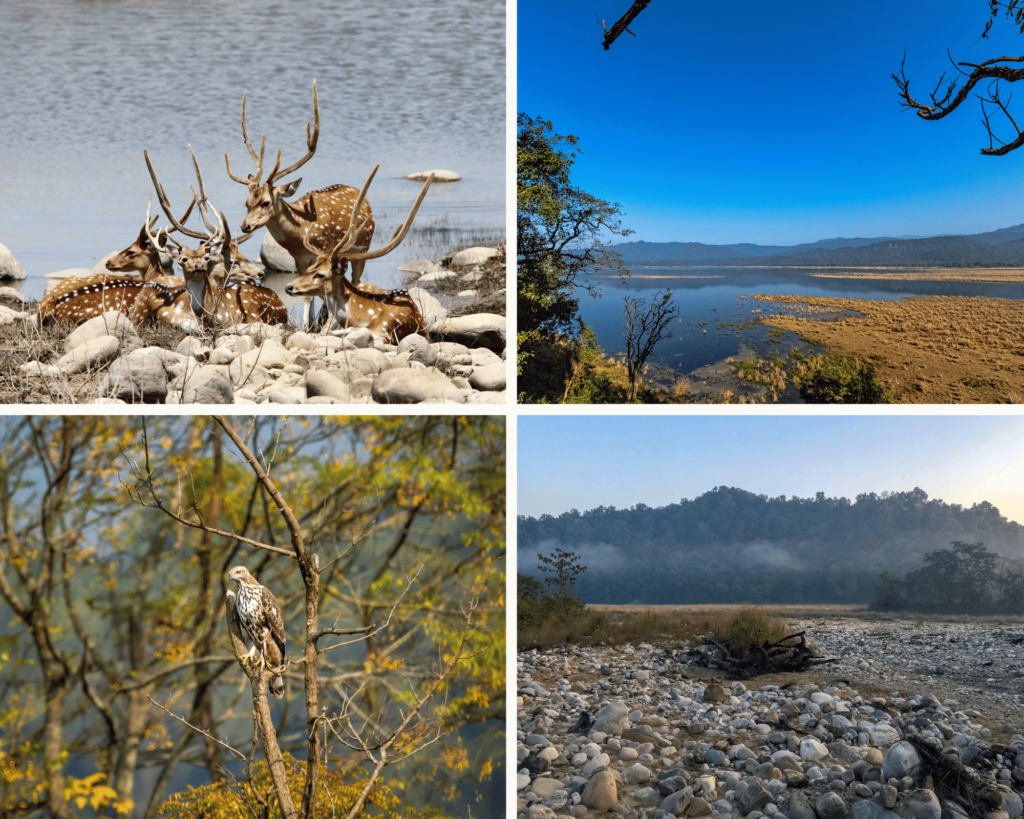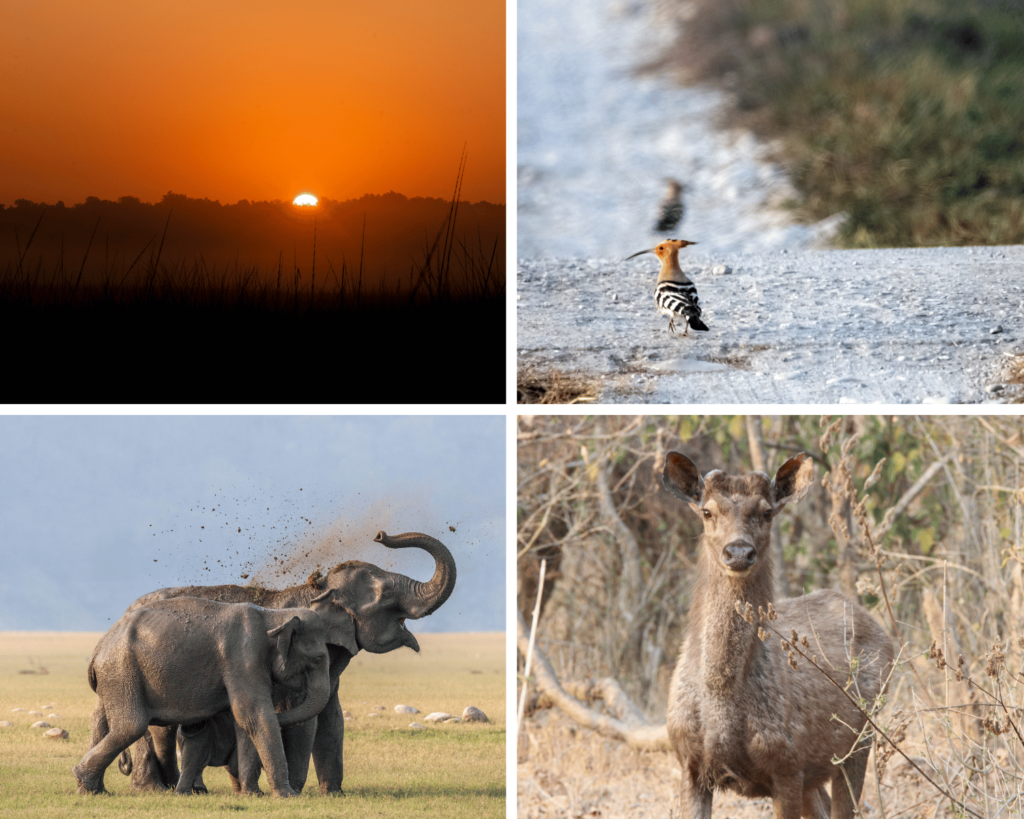Exploring Jim Corbett National Park: India’s Wildlife Haven

Jim Corbett National Park, situated in the Nainital district of Uttarakhand, India, is the country’s oldest national park and a haven for wildlife enthusiasts and nature lovers. Established in 1936 as Hailey National Park, it was later renamed in honour of the legendary hunter-turned-conservationist, Jim Corbett. Known for its rich biodiversity and the Bengal tiger, this park plays a crucial role in India’s wildlife conservation efforts. This article delves into the history, wildlife, tourism, and conservation significance of Jim Corbett National Park.
Historical Background
Jim Corbett National Park has a storied history that dates back to the early 20th century. It was initially created to protect the endangered Bengal tiger and its habitat. Jim Corbett, a renowned hunter and naturalist, was instrumental in the establishment of the park. His efforts in conservation and his books on hunting man-eating tigers and leopards in the region brought global attention to the plight of these majestic creatures.
Wildlife and Biodiversity
The park spans an area of approximately 1,318 square kilometres and is part of the larger Corbett Tiger Reserve. It is home to a wide variety of flora and fauna, making it one of the most biologically diverse regions in India. Key species found in the park include:

- Bengal Tiger: The park is renowned for its significant population of Bengal tigers. The dense forest and riverine habitats provide an ideal environment for these elusive predators.
- Elephants: Large herds of Asian elephants can be seen roaming the park, especially during the summer months.
- Leopards: Besides tigers, leopards are also commonly sighted in the park.
- Birds: Jim Corbett National Park is a birdwatcher’s paradise with over 600 species of birds, including the crested serpent eagle, red junglefowl, and great hornbill.
- Other Mammals: The park also hosts species like sloth bears, otters, barking deer, and langurs.
Tourism and Activities
Tourism is a significant aspect of Jim Corbett National Park, attracting thousands of visitors each year. The park is divided into different zones, each offering unique wildlife experiences:
- Dhikala Zone: The most popular zone known for its abundant wildlife sightings, including tigers, elephants, and a variety of bird species. Dhikala also offers stunning views of the Ramganga River.
- Bijrani Zone: Known for its picturesque landscapes and high chances of spotting tigers and other wildlife.
- Jhirna Zone: Open throughout the year, this zone is famous for its diverse flora and fauna.
- Durga Devi Zone: Ideal for birdwatching and spotting leopards and elephants.
Visitors can engage in various activities such as:
- Jeep Safaris: Offering an up-close view of the park’s wildlife and natural beauty.
- Elephant Safaris: Providing a unique perspective and a chance to explore deeper forest areas.
- Birdwatching: With over 600 species, the park is a paradise for bird enthusiasts.
- Fishing: The Ramganga River offers opportunities for sport fishing, particularly for mahseer.

Conservation Efforts
Jim Corbett National Park plays a crucial role in wildlife conservation in India. It was the first park to come under the Project Tiger initiative, launched in 1973, aimed at protecting the Bengal tiger. Conservation efforts in the park focus on:
- Habitat Preservation: Ensuring that the diverse ecosystems within the park remain undisturbed and protected.
- Anti-Poaching Measures: Implementing strict anti-poaching laws and patrolling to safeguard wildlife.
- Community Involvement: Engaging local communities in conservation efforts and promoting sustainable tourism practices.
- Research and Monitoring: Conducting ongoing research and monitoring of wildlife populations to inform conservation strategies.
Jim Corbett National Park is not only a treasure trove of biodiversity but also a testament to India’s commitment to wildlife conservation. Its rich history, diverse wildlife, and dedication to preserving natural habitats make it a must-visit destination for nature enthusiasts and conservationists alike. Whether you’re seeking thrilling wildlife encounters, serene landscapes, or a deeper understanding of conservation efforts, Jim Corbett National Park offers an unparalleled experience in the heart of the Himalayas. For more detailed information and planning your visit, you can explore the official Jim Corbett National Park website.